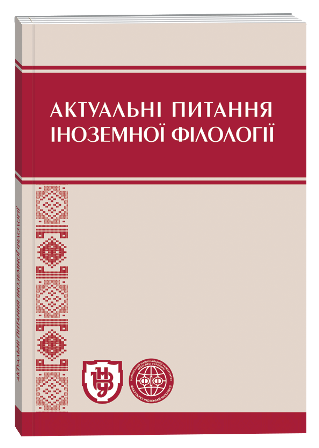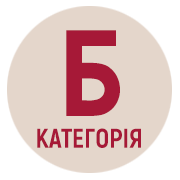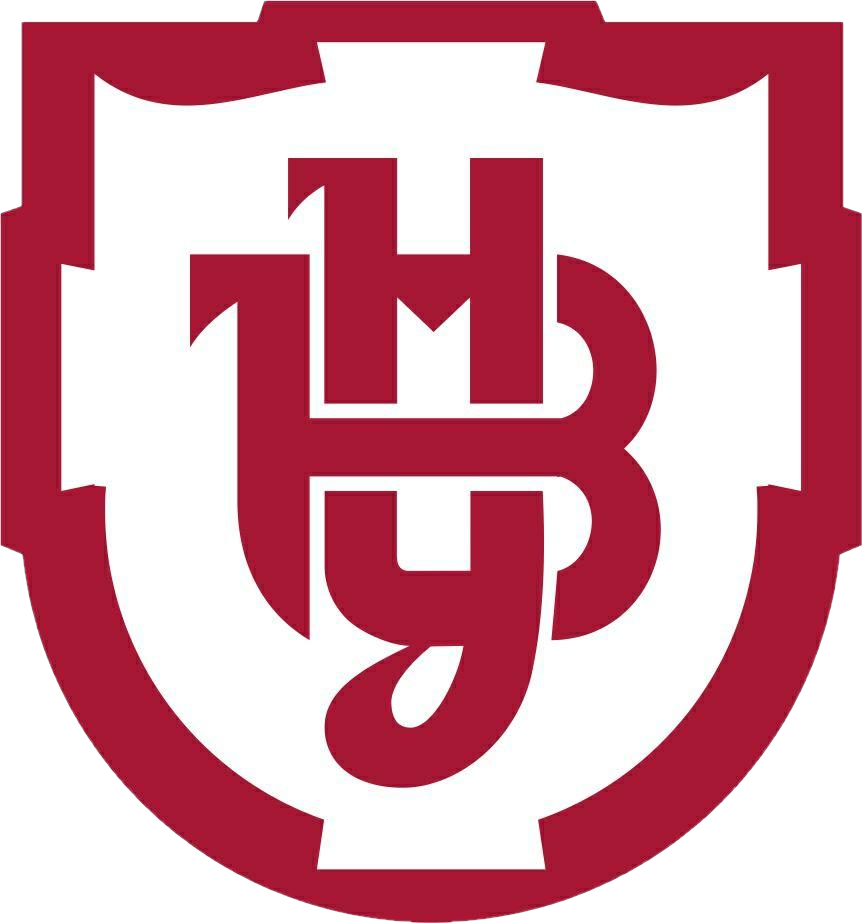DISTINCTION BETWEEN IDIOM AND COLLOCATION IN THE MODERN LINGUISTICS (BASED ON THE R. IVANYCHUK’S CORPUS TEXT)
Keywords:
connectivity, phraseology, idiom, collocation, corpus texts, collocate, nodeAbstract
The article deals with the study of the concepts idiom and collocation in modern linguistics. The need for the differentiation of these concepts is due to the fact that some scientists equate these terms, others insist on the absence of an entire identity between them. The main purpose of the research is to describe and analyze the approaches to understanding idiom and collocation in linguistic studies. The paper includes a review of scientific works on the problem of connectivity, idiom and collocation. The study of the connectivity of lexical units should base on the corpus texts, because regularly regenerated syntagmatic structures play a significant role in the text construction. The article presents the definition of the above-cited terms in the linguistic dictionaries, scientific works of national and international scientists, the synthesis of determinations, the criteria of their distinction. It is concluded that idiom is a combination of two or more words, it is lexically stable, semantically integral and syntactically indivisible, reproducible and expressive construction; collocation is a word association, which is based on the probability of the appearance of certain combinations of lexical units with low semantic meaning in contrast with idiom. The combinatory ability of language units, collocability, is one of the linguistic laws. In corpus linguistics collocation is the word combination used in the text together more often, than used at random probability separately. Many modern authors and most of corpus linguists understand collocations as statistically determined set phrases. Idioms are characterized by expressive and metaphorical nature, meanwhile collocations due to their internal semantic structure are placed between idioms and free word combinations. The article presents examples of idioms and collocations on the basis of R. Ivanychuk’s corpus texts. In consequence of the research it is noted that the author’s vocabulary research based on the above-cited concepts will allow to describe the lexical arsenal of writer’s idiolect and will make possible to identify his texts among others.
References
Akhmanova, O. 1957. Ocherki po obshchey i russkoy leksikologii. M.: Prosveshcheniye.
Akhmanova, Ol’ga Sergeyevna. 2007. Slovar lingvisticheskikh terminov. Izd. 4-e, stereotipnoye. M.: KomKniga.
Alefirenko, M. F. 1984. “Problema frazeolohichnoho rivnya movy”. Movoznavstvo 5: 42–47.
Arkhangel’s’kiy, V. A. 1964. Ustoychivyye frazy v sovremennom russkom yazyke: osnovy teorii ustoychivykh fraz i problemy obshchey frazeologii. Rostov-na-Donu.
Bagaryan, A. A. 2004. Metodika rasshireniya kollokatsionnoy osvedomlennosti studentov yazykovykh fakultetov. PhD diss.Tambov.
Bally, Ch. 1909. Traité de stylistique française. Heidelberg.
Benson, M. 1985. Collocations and idioms. Robert Ilson (ed.). Dictionaries, lexicography and language learning. Oxford. 61–68.
Bobkova, T. V. 2014. “Teoretyko-metodolohichni pidkhody do vyvchennya kolokatsiy”. Visnyk Kyyivskoho nats. linhv. un-tu. Seriya: Filolohiya 17(2): 14–22.
Coseriu, E. 1967. Lexikalische Solidaritäten. Strukturelle Bedeutungslehre. Darmstadt. 239–253.
Cowie, A. 1981. The Treatment of Collocations and Idioms in Learner’s Dictionaries. Applied Linguistics. Vol. II(3): 223–235.
Darchuk, N. P. 1976. “Statystychni kharakterystyky leksyky yak vidobrazhennya struktury tekstu”. Movoznavchi studiyi. K.: Naukova dumka.
Dement’yeva, I. E. Tabanakova, V. D. 1999. “Kollokatsiya kak sredstvo semantizatsii slova v angliyskom slovare”. Language and Literature.
Evert, S. 2004. The Statistics of Word Co-occurrences: Word Pairs and Collocations. PhD diss. IMS: University of Stuttgart (Published in 2005): 353 p. Free PDF available from http://purl.org/stefan.evert/PUB/Evert2004phd.pdf
Firth, J. R. 1957. Modes of Meaning. Papers in Linguistics 1934-1951. London: Oxford University Press. 190–215.
Halliday, M. A. K. 1961. Categories of the theory of grammar. Word (17/3): 241–292.
Hausmann, F. J. 2004. Was sind eigentlich Kollokationen? Wortverbindungen – mehr oder wenigerfest. Berlin. 309–334.
Khokhlova, M. V. 2010. “Issledovanie leksiko-sintaksicheskoy sochetaemosti v russkom yazyke s pomoshchyu statisticheskikh metodov (na baze korpusov tekstov)”. PhD diss. Saint Petersburg: Saint Petersburg State University.
Kocherhan, M. P. 1980. Slovo i kontekst (Leksychna spoluchuvanist i znachennya slova). Lviv: Vyshcha shkola.
Kunin, A. V. 1986. Kurs frazeologii sovremennogo angliyskogo yazyka. Moskva.
Levitskiy, V. V. 2006. Semasiologiya. Vinnitsa: NOVA KNYGA.
Levits’kiy, V. V., Oguy, O. D., Kіyko, S.V., Kіyko, Yu.Ye. 2000. Aproksimativnі metodi vivchennya leksichnogo skladu. Chernіvtsі: Ruta.
Palmer, H. E. 1933. Second Interim Report on English Collocations. Tokyo: Kaitakusha.
Porzig, W. 1973. Wesenhafte Bedeutungsbeziehungen. Schmidt, L. (ed.): Wortfeldforschung. Zur Geschichte und Theorie des sprachlichen Feldes. Darmstadt. 78–103.
Selivanova, O. O. 2004. Narysy z ukrayinskoyi frazeolohiyi (psykhokohnityvnyy ta etnokulturnyy aspekty): monohrafiya. Kyiv; Cherkasy.
Shanskiy, N. M. 1985. Frazeologiya sovremennogo russkogo yazyka. M.: Vysshaya shkola.
Sinclair, J. 1991. Corpus. Concordance and Collocation. Oxford: Oxford University Press.
Stubbs, M. 1995. “Collocations and semantic profiles: On the cause of the trouble with quantitative studies”. Functions of Language (1): 23–55.
Sytar, H. V. 2017. Syntaksychni frazeolohizmy v rozrizi konstruktsiynoyi hramatyky: monohrafiya: [nauk. i vidp. red. A. P. Zahnitko]. Vinnytsya: TOV «Nilan-LTD».
Teliya, V. N. 1996. Russkaya frazeologiya. Semanticheskiy, pragmaticheskiy i lingvokulturologicheskiy aspekty. M.: Shkola «Yazyki russkoy kultury».
Teubert, W. 2009. Linguistique de Corpus: un Alternative. Semen. Besaníon: PUFC (27): 130–152.
Ukrainska mova: Entsyklopediia. Kyiv: Vyd-vo “Ukrainska entsyklopediia” im. M. P. Bazhana, 2004.
Vinogradov, V. V. 1977. Leksikologiya i leksikografiya. Moskva.
Vlavatskaya, M. V. 2011. “Ponyatiya kollokatsii i kolligatsii v diakhronicheskom rassmotrenii”. Aktualnyye problemy filologii i metodiki prepodavaniya inostrannykh yazykov. Novosibirsk: Izd-vo NGPU 19–26.
Yermolenko, S. Ya. 2001. Ukrayinska mova: korotkyy tlumachnyy slovnyk linhvistychnykh terminiv. K.: Lybid.
Zakharov, V. P. 2015. “Sochetayemost cherez prizmu korpusov”. Kompyuternaya lingvistika i intellektualnyye tekhnologii. Moskva. 14(21), 1: 667–682.







